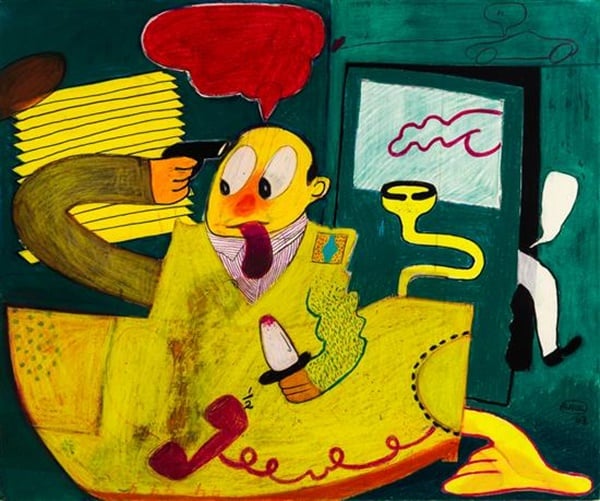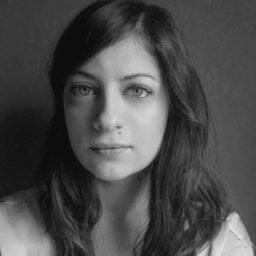In 1963, the pioneering creativity scholar Frank Barron wrote that the “creative genius… is both more primitive and more cultured, more destructive and more constructive, occasionally crazier and yet adamantly saner than the average person.”
His contradictory claims, which he formed largely through personality tests and interviews with creative individuals over the course of his career, were not only bold—they may turn out to be verifiably true.
Researchers at the Yale Center for Emotional Intelligence recently took Barron’s ideas, which he arrived at before the development of empirical methods that are now standard among social scientists today, and found ways to measure and quantify them.
For a new study published in the journal Psychology of Aesthetics, Creativity, and the Arts, the researchers set out to determine whether artists possess more psychological vulnerabilities and more psychological strengths than people who work in non-creative fields.
They surveyed 309 artists on faculty at top US art schools and a similarly sized sample of workers who had no training in the arts. Both groups were asked about their “crazy” sides (or their “psychological vulnerabilities,” in updated parlance), which were defined as the degrees of stress, anxiety, and depression they experience in their everyday lives. Subjects were also asked about their “saner” sides (aka their “psychological resources”), which include a range of characteristics such as self-acceptance, personal growth, positive relationships, autonomy, hope, and ego resilience.
The results show that the artists ranked moderately higher on the stress and anxiety measures, but also on those indicating hope, ego resilience, and psychological well-being.
In other words, the artists were both “crazier” and “saner” than the non-artists, as Barron phrased it. (The artists did not rate any differently in depression, and they rated higher in all of the positive categories except “environmental mastery,” which indicates how much control people feel over their life circumstances.)
According to the study, the relationship between psychological strengths and psychological weaknesses are key: Most of the time, individuals who have more vulnerabilities also have fewer resources. “It makes sense that if people experience more symptoms of stress, anxiety, or depression, they are less likely to have hope or be psychologically well,” writes study co-author Zorana Ivcevic Pringle. Only about 10 percent of people have higher degrees of both. And it is that interaction, on a moderate level, that tends to predict creative achievement.
The study doesn’t explicitly answer why this interplay of vulnerabilities and resources correlates with higher creativity. But it proposes one suggestion: that stress and mental illness can be “diversifying experiences.”
“Psychological vulnerabilities give people a different perspective,” Ivcevic Pringle told Artnet News in an email, “perhaps a perspective of understanding suffering or knowledge of a broader range of human experience.”
But for these experiences to also enhance creativity, people also need to have strengths “that enable them to respond to the challenges of their circumstances,” the researchers write. So, in short, a little bit of adversity can go a long way—but only if it doesn’t break you in the process.






